Research
Automated objective and software supported movement analysis, performance diagnostics and fitness assessments
Research
Automated objective and software supported movement analysis, performance diagnostics and fitness assessments
Objective movement analysis and performance diagnostics based on everyday movements
Clinical studies
Why Leonardo and pQCT?
Clinical studies on Leonardo Mechanograph® and pQCT
In clinical research, the measurement of bone mass is currently primarily used to assess changes in bone metabolism. However, the influence of bone geometry and musculature is often not taken into account. The combination of pQCT for measuring bone strength and Leonardo mechanography for determining muscular maximum forces, performance as well as fall risk enables a comprehensive objective analysis of physiological processes or therapy based on scientific principles.T In this way, the control loops underlying bone adaptation (Wolff's law, "mechanostat") can be characterised and the relevant effects of a therapy can be documented.

pQCT bietet mehr als nur die Messung der Knochenmasse
Spongiosa and cortical density in g/cm³, bone strength, bone geometry and muscle cross-sectional area are determined using pQCT. Unlike conventional methods, the pQCT measurement provides the results in physically correct units (g/cm³ instead of g/cm²). Cancellous bone and cortical bone can be evaluated separately. Important muscle properties such as cross-sectional area or density can also be evaluated simultaneously. The results are independent of body size and weight. Furthermore, there is no influence of extraosseous calcifications and changes in soft tissue composition as is common with other measurement methods.
Muscle cross-section and muscle density
pQCT also allows quantification of muscle parameters such as muscle cross-sectional area and muscle density. On the one hand, these are crucial for bone adaptation ("mechanostat"), and on the other hand, muscle parameters are essential for defining the clinical conditions of sarcopenia and dynapenia.
Influence of the musculature on the bone - Leonardo mechanography
Bone strength is primarily controlled by maximum muscle forces. Therefore, the measurement of muscle function is indispensable for an analysis of the bone. Leonardo mechanography allows the exact measurement and analysis of important parameters of muscle function such as force, power, speed, stiffness and energy with high reproducibility. By comparison with the measurement of the muscle cross-sectional area, the efficiency of the muscle can also be analysed. Thus, a distinction can be made between muscle-related therapy effects and others.
Our most popular products
More Leonardo Mechanograph® Systems
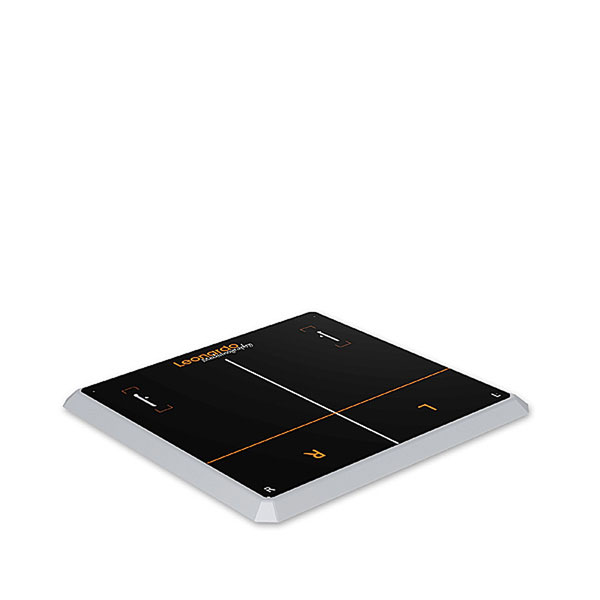
Leonardo Mechanograph®
GRFP LT
The entry-level model for colinical and research application. Established system for the use in geriatric clinics. Mobile and robust.
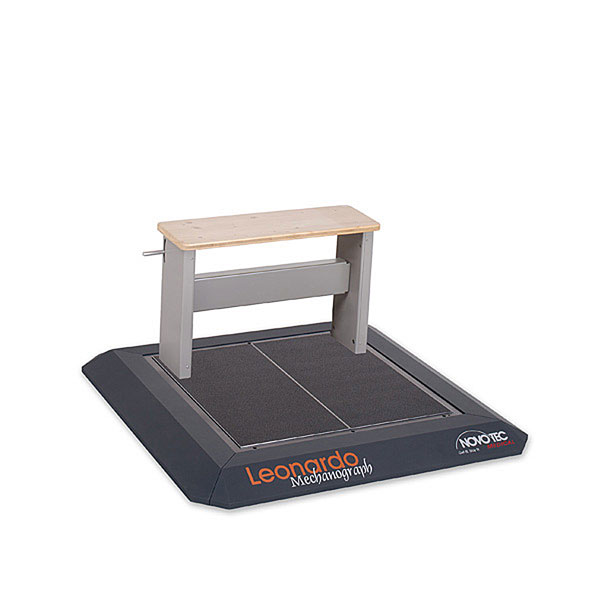
Leonardo Mechanograph®
GRFP STD + Bench
The standard model for clinical application. Established system for use in clinics, for studies for for the advanced user.
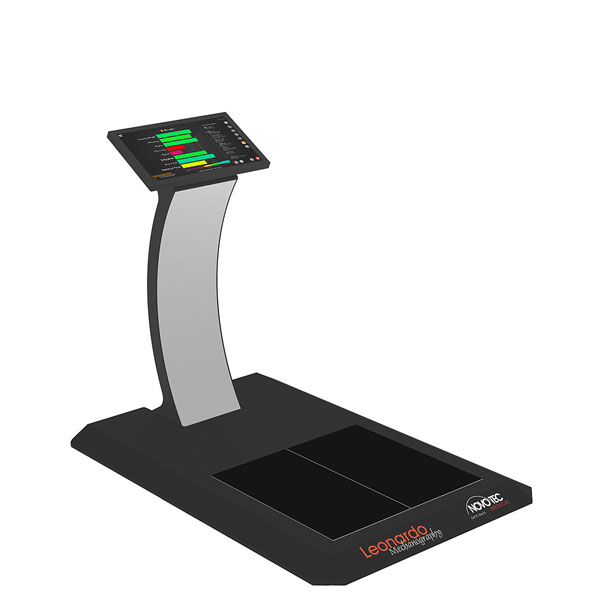
Leonardo Mechanograph®
KIOSK
System to be used in fitness studios. The Kiosk Bundle uses a touch-panel user interface and allows the end-user to conduct assessments by himself.
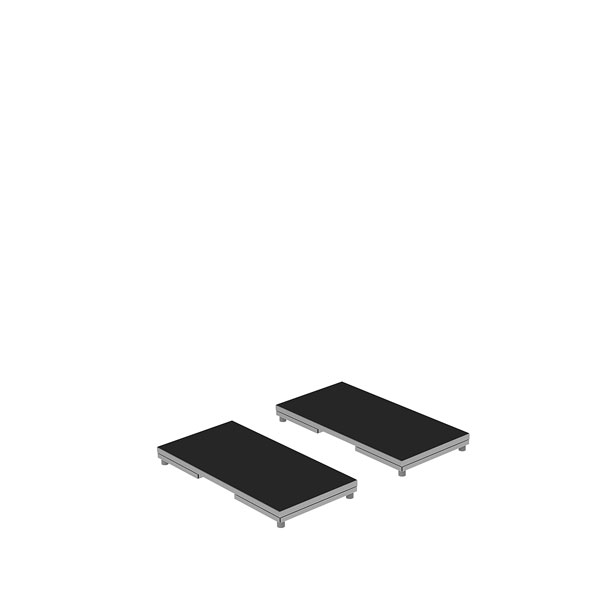
Leonardo Mechanograph®
PRO
Modular and portable system especially for teh use in sports and research and for advanced users.
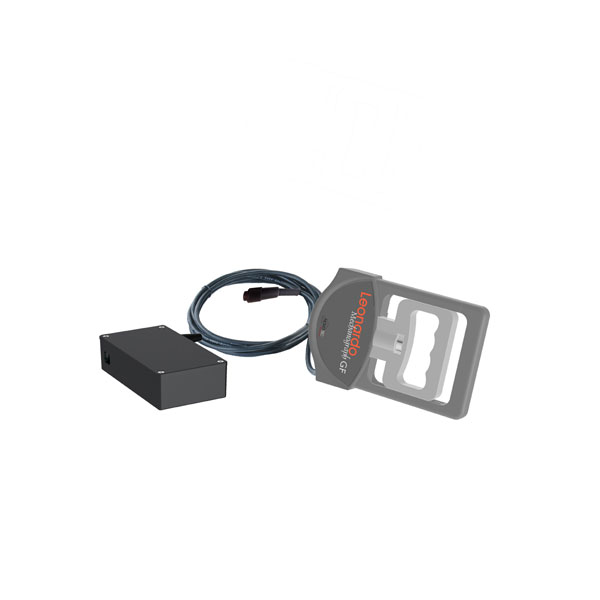
Leonardo Mechanograph®
GF
Grip-Force (Grip-Strength) measurements made easy - ob als eigenständiges System oder als Griffkraftsensor für ausgesuchte Mechanograph Systeme.
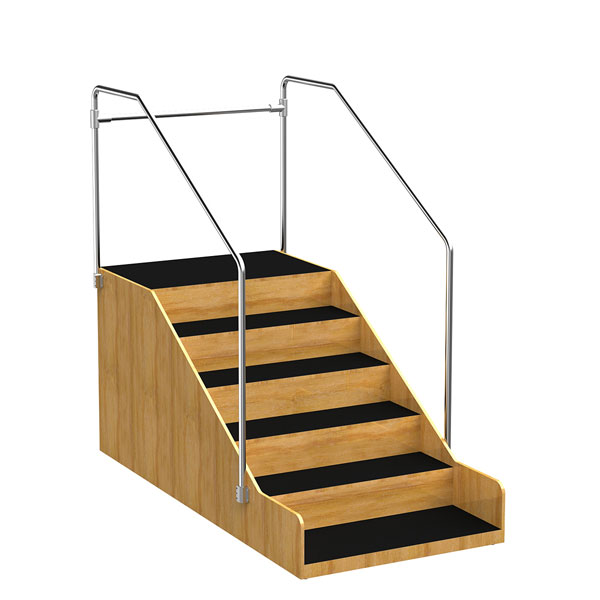
Leonardo Mechanograph®
Stair A/C
Mechanography during stair ascent and descent. Optimized system for adults and children.
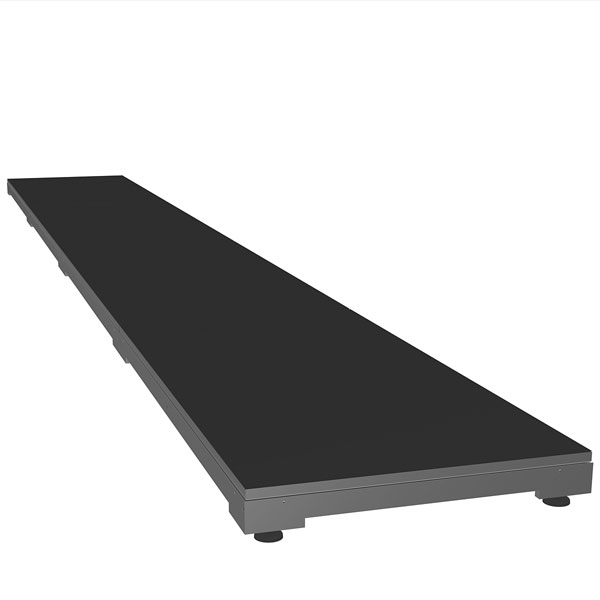
Leonardo Mechanograph®
GW
Gate analysis using Mechanography - modular Gangway from 6m to 12m of length. System especially for the use in research.

Do you have questions about our products or would you like to purchase a product?
Let our experts advise you. Simply arrange a non-binding consultation.
Let Leonardo Mechanograph® convince you!
Various scientific studies prove the validity of Leonardo Mechanography.
Profit from over 20 years of experience and results from over 150 scientific publications using Leonardo Mechanography world-wide.